Implantation in sows – the wrap-up
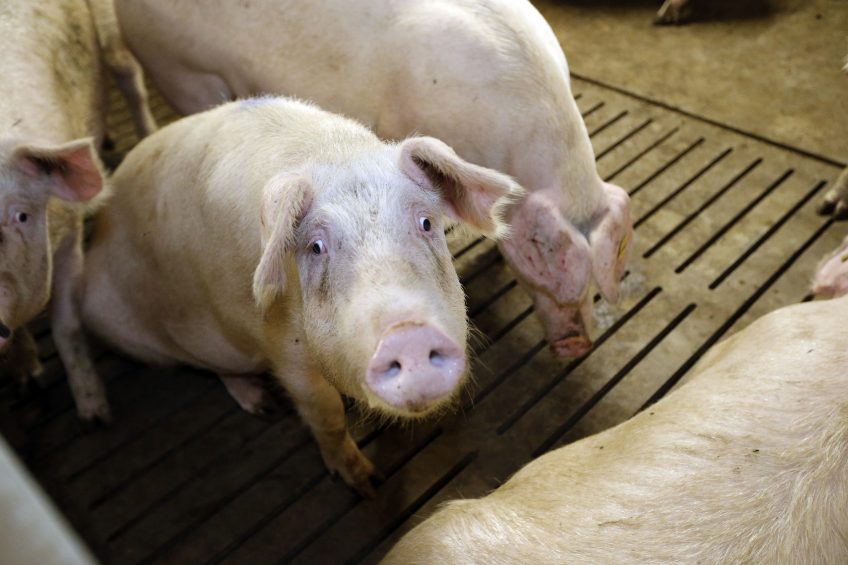
In 2 previous episodes, pig management expert John Gadd explained about implantation in sows and the role stress plays in this process (see below for the links). His wrap-up consists of a checklist – what to think of and what shouldn’t be forgotten?
In this mini-series I have hoped to draw the attention of producers and their stockpersons to how important is careful management of the 21 to 28 days after successful service – the implantation phase. It vitally affects litter size, litter even-ness, heavier weaners, a quicker start post-weaning with fewer troubles and greater financial return at slaughter weight. How’s that for a box of goodies!
The ‘feel good factor’
The key buzz-word to all of this is what I call ‘the feel good factor’ during those few short weeks. The three ‘C’s – Calm, Contented, Care-free. Especially freedom from stress, to which I also add excitement from the sight or smell of boar presence post-conception Both disrupt the ideal balance of hormones needed to get every single fertilised proto-ovum safely and evenly attached to the nutrient wall of the womb. So how do stockpeople achieve this?
Space – and stress
I find many gilt and served sow pens are overcrowded. A served gilt needs 1 m2 lying area and a sow 1.1 m2. But ambulatory (‘getaway’) space is extra. Present advice recommends another 1.2 m2 per animal for this, presumably keeping in mind escalating housing costs. But my experience on dozens of farms suggests at least 2.6 m2 total space allowance on solid/ part solid floors in hot climates, with a water spray to keep the sows cool. Square /near- square pens please – never narrow ones.
Generally 3 m2 is affordable for deep-strawed pens which tend to slow up the ‘getaway’ reaction – where the housing is often cheaper. I have costed, followed-up and published paybacks from clients’ improved modifications over three years. A typical 2 7:1 payback has been logged. The partial relaxation of the sow stall ban over the implantation period could be a move in the right direction, but good spatial management of groups has also given excellent results – the exercise and ‘having something to do’ counterbalancing the disadvantages of adding-to and so doubling the confinement of the farrowing crate.
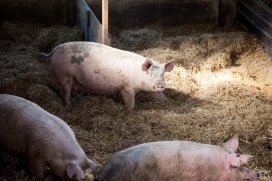
The first episode in this series: The importance of implantation
There is nothing more satisfying seeing a load of sows snoozing the hours away in deep straw – ask any breeder who has the system. They experience the ‘feel good factor’ too.
Pen occupancy
My experience for intensive indoor conditions is no more than six per pen; more tends to cause aggression. On bedded floors numbers depend on the space available. With scrape-through pens eight is enough and with these large straw yards, I’ve seen 20 to 30 happily together on the bigger farms. No problems – providing sufficient provision of individual feeding.
Temperature
Normally 16-21°C, and on straw 12-18°C. However heat is a problem and above 25°C, timed water spraying with associated gentle airflow so as to enhance the evaporative effect is essential, which rules out bedding.
Ventilation
Naturally ventilated buildings give few problems as long as the published square-meterage for inlet and outlets based on total liveweight housed are followed. Many farmers don’t know they exist. Intensively-housed gilts require a (fans) minimum ventilation rate of 16 m3/hour and in hot weather 100 m3/hour. The same for sows.

The second episode in this series: More lessons about implantation in sows
Lights
The current advice seems to be at least 50 lux; quite gloomy. This suggests those advising this weren’t using a light meter! 150 lux please and a period of darkness as usual. Light levels are an integral part of breeding.
Drinkers
Plenty needed, all with clean fresh water. Don’t stint on them. Put them in the exercise/ dunging area at the correct height to ensure dry lying areas.
Feeders
This depends on the housing method and it is always best to provide some opportunities for individual feeding, important for first-litter gilts. A multi-trough or 2 with short trough dividers allowing 0.35 m for gilts and 0.4 m for sows. We always found dried sugar beet pulp to be a good gut filler which calmed aggression.
Introducing replacements
A big subject, so a further article on mixing sows is needed.
Join 18,000+ subscribers
Subscribe to our newsletter to stay updated about all the need-to-know content in the pigsector, three times a week. Beheer
Beheer

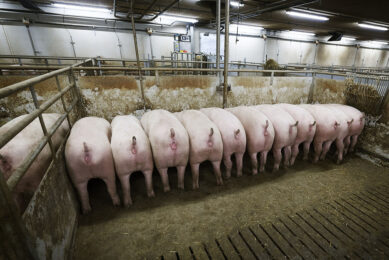
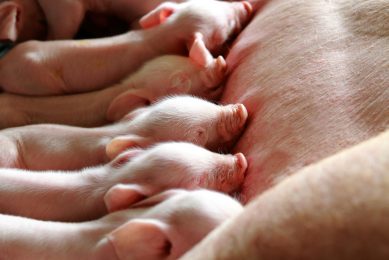

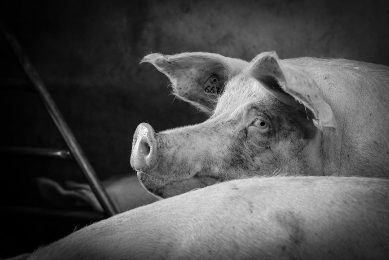





 WP Admin
WP Admin  Bewerk bericht
Bewerk bericht